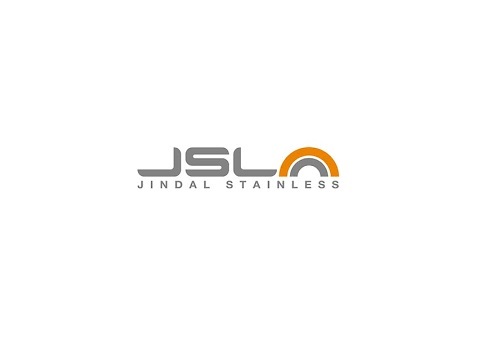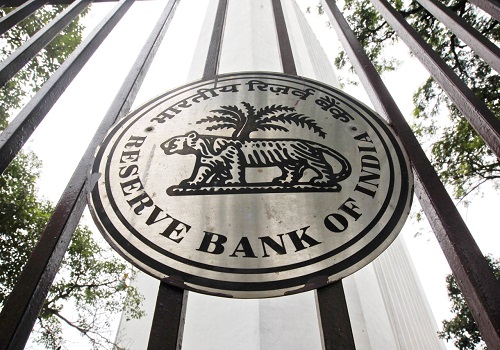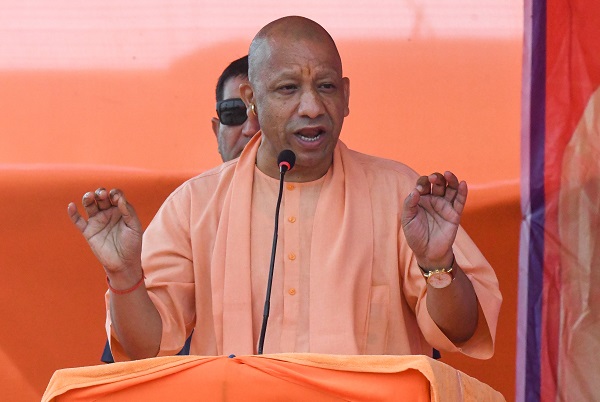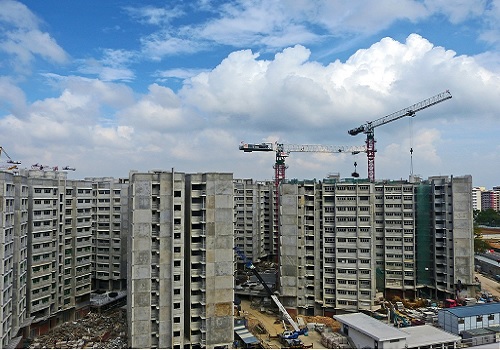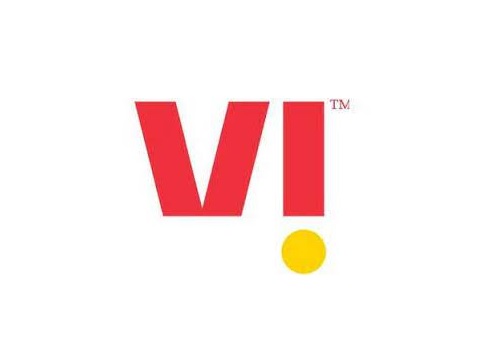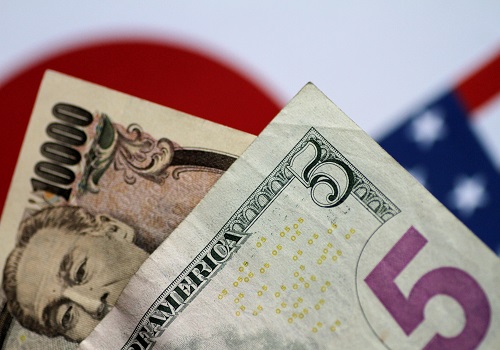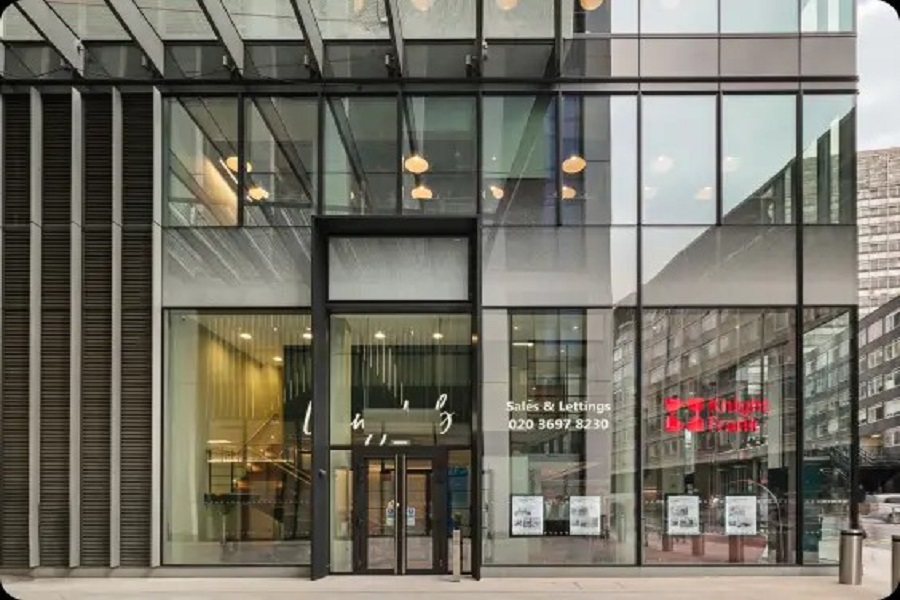India Strategy : A bounce in the air - will it last By JM Financial Institutional Securities

The growing consensus foretelling a rising probability of a US (& Euro Area) recession appears to have engendered an impression that the US Fed may abandon its tightening midway. Nevertheless, statements from central banks continue to be fairly hawkish despite the emerging negative economic surprises. Clearly, we are headed towards another tipping point where the margin to avoid a recession is a narrow one even while there is risk of high inflation sustaining if central banks vacillate into leniency. Amid these contradictions we argue that the central line in this inflection will be a) GDP contraction or a sharp slowdown, b) behind the demand slowdown will be tightness in financial conditions, c) sustained normalisation by central banks, due to high inflation and extra-ordinary balance sheet size, d) moderation of inflation due to a recession/sharp slowdown, and e) correction in commodity prices, already begun in industrial commodities. These are broadly in line with the series of precautionary notes since our theme “Global inflections calls for pre-emptive positioning, Jul’21 (here). Our capitulation monitor indicates that markets may not have priced in the full impact of the ongoing stagflation. Our view is significantly driven from the implications of earnings cut (earlier we have indicated 15-20% cut in NIFTY consensus EPS for FY23E and FY24E) even as we think the scope for multiple expansion even from a favourable view on the Fed’s tightening is minimal as we expect market risk premium to expand to reflect the under-priced risks. Thus, we see Nifty 50 to capitulate with a further downside of 10% (CMP 15800). Hence, continuing with our 2022 outlook “Spotlight shifts to endogenous revival” amid receding post-Covid stimulus and global trade, our portfolio remains focused on domestic themes, and UW on growth sensitive deep cyclicals.
* Inflation decline could be gradual leaving scope for persistent normalisation: The latest assessments of BIS and OECD talk of the narrow scope for avoiding a recession amid persistently high inflation. Thanks to the recent correction in non oil commodity prices global inflation is expected to peak out by mid-2022 but it is expected to soften modestly to 6.6% by end-2022 and remain elevated at 3.6% till the end of 2023 (World Bank, Jun 22). Positive inflation deviation against the central bank target inflation has risen to 100% of advanced economies (AEs) and 87% of emerging markets (EMs). The real policy rates in AEs and EMs remain deeply in negative and, hence, as BIS (Jun’22) recommends, a wave of rate tightening will be needed to break the entrenchment of wage-price spiral.
* India’s growth likely to be impacted by global slowdown: World Bank has scaled down the global growth projection to 2.9% for 2022, which nearly half of 2021 at 5.7% and down 120bps from 4.1% projected in Jan’22. (OECD projects 3% for 2022 and 2.8% for 2023). The implications for India’s growth outlook are significant as revival in global trade from the Covid bottom was a major contributor to India’s rebound in 2021-22. Hence, there remained a downside to the RBI’s projected 7.2% real GDP growth for FY23 and 6.5% for FY24E (WB). We continue to maintain that post Covid structural GDP trajectory is around 4% compared to 2011-19 trend of 6.5%. In this context we continue to expect significant downside to Nifty EPS estimate for FY23E and FY24E by 15-20%.
* Markets have not factored in full impact of the stagflation: An assessment of multiple macro-market indicators suggests that among the conditons of cylical inflections there are still significant gaps. Thus, we infer that the markets have not priced in the full impact of the ongoing tightening and prospective slowdown or recession: a) High inflation has turned economic surprises index negative, specially in G10 countries, but it is still 51% above the bottom, b) inflation surprises need to turn negative; currently, they are hugely positive, around 5 times higher, c) CDS spreads have started to rise but are still 30% away from the peak one would expect ahead of a recession or peak slowdown, d) US treasury curve flattening adequately at the long end to capture the slowdown possibility, but the short end of the curve is still very steep, indicating scope for 100-200bps Fed rate hike before growth impact intensifies, e) corporate credit spreads have widened but are still 35% lower than a stress scenario, f) equity market volatility indices have trended upward since mid-2021; but they are still 35% lower than a risk averse scenario, and g) while global and US financial conditions indices have tightened since Oct’21, they are still 60% lesser than the stress scenario. These trends are expected to extent into the tipping point
* India banking on forex reserve buffer as a counter to global tightening and elevated debt: India’s challenge emanates from the re-emergence of global tightening, high domestic inflation, and current account deficit amid expected decline in structural growth. Elevated public debt/GDP of 80-82%, and expected large fiscal slippage may be a drag on domestic savings. India’s forex reserves at USD 590bn, down from the peak of USD 642bn, and well capitalised banks are the potential counter-balancing buffers. However, we believe the endurance of these buffers will be tested as a) forex reserve/imports has declined to 10-11 months; our estimates indicate that there can be a further USD 40- 50bn drain in FY23E, and b) global stagflationary phases are typically followed by a phase of banking, currency and debt crisis in EMs (1980s-90s).
* Fiscal slippage can be large as government absorbs inflation impact: Considering the impact of the inflation containing measures already announced (INR 3tn or 1.1% of GDP) and the additional burden from oil under-recovery and interest payments, the total upside risk to GoI’s fiscal/GDP could be as high as 1.8% (INR 4.6tn) on top of the budgeted 6.4% of GDP. Attempts to contain the slippage can imply cuts in budgeted expenditure. The risk of scaling down capital outlay is fairly high. The perceived positive surprises from conservative tax collection projections (13% YoY FY23 BE vs. 39% in FY22RE) is not so obvious given expectations of slower growth during 2Q-4Q FY23.
* Surplus domestic liquidity fading sooner than expected: The monetary policy normalisation, accompanied by narrowing of surplus banking liquidity (LAF balance) is likely to significantly narrow the investment appetite for Gsec at a time when there is chance of significant fiscal slippage. Surplus liquidity has declined from 5.5% of bank deposits at the peak to 1.4% and is expected to fall to 0.6%. This sharp decline in surplus results from assumptions of continued deceleration in deposit growth (8.5% in FY23E, 9.3% currently) against a modest in bank credit (10% in FY23E, 13% currently) and credit deposit ratio rising modestly to 74% vs. 72.6% in FY22. Receding liquidity has already caused a sharp correction in mid and small cap indices. While the actual fiscal slippage may not be as dramatic, the prospect of large fiscal slippage and monetary tightening forebodes rising rates scenario, which could temper hopes of private capex. We maintain that India 10 year could harden to 8% (CMP 7.5%) and INR/USD can depreciate to 80-82 (CMP 79) in the next 6-9 months.
* Bank Nifty has underperformed with a 23% correction, maintain UW: In line with our earlier theme Bank underperformance to still persist (Nov’21), Bank Nifty at 33,000 has underperformed with a 23% correction against the Nifty (-17%); the de-rating reflects in price/book declining to 2.4x (TTM) from Oct’21 peak of 3.2x. This is despite the betterthan-expected credit growth revival at 13% (May’22). Repo rate hikes and narrowing liquidity have resulted in increase in deposit and lending rates. Anecdotally, the increase in MCLR of banks (15bp, May’22) has been lesser than the increase in term deposit rates on bulk deposits of large banks (SBI, ICICI Bank and HDFC bank) and the greater hike by smaller banks, reflecting the impact of the earlier ALM mismatch. The spread between the average lending and average term deposit rates of banks has already shrunk by 20bp at 370bp (Apr’22) from the Oct’21 peak. Operating matrix for banks may get complicated as a) banks are likely to compete with prospective hikes in small savings schemes, we anticipate 50-75bp hikes, b) lack of demand for long-term loans, evidenced from longend Gsec curve flattening, will intensify competition in short-term loans, c) elevated operating costs, d) growth slowdown and decline in commodity prices can slow credit growth in 2HFY23 and, e) economic slowdown can revive the NPA cycle, which we think has passed the best phase.
* Based on a) our domestic and global macro outlook (INR/USD depreciation to 80-82, DXY at 110, India 10 year 8%+), b) sustenance of competitive pressure and our view that India equity markets are yet to capitulate, we think Bank Nifty valuation can be exposed to further downside with an expected range of 2.0-2.5x for trailing price to book. Thus,from the current levels of ~33,000 for Bank Nifty, and our last target of 32,000, there can be a further downside at 30,000. We have been UW banks and financials since Nov’21, which is maintained. The sharp stock price corrections can provide selective value opportunities. HDFC Bank has been a major underperformer and is trading at a trailing valuation of 3x (12 month P/B), i.e., the lows last seen following the GFC 2008, due to the merger of HDFC into HDFC Bank. This is a near-term structural overhang, which overlooks the long-term superior returns potential for the combined entity (see here).
* What if analysis-If recession leads to collapse in global commodity prices: A scenario of a prospective recession and crash in commodity prices is generally seen as a windfall from an India perspective. It is also assumed that lower crude price will reduce inflation, imports, oil subsidy, fiscal deficit and interest rates. This, in turn, is seen to boost corporate earnings and market rating. Underlying this presumption is an inverse correlation between crude (and other commodity) prices and India’s GDP growth and corporate earnings. However, a historical assessment indicates a positive correlation. This is because the correction in commodity prices triggered by a global recession would imply a positive causality running from weaker growth to lower commodity prices. In such a situation, the cost advantage from lower commodity prices is outweighed by the impact of a sharp global growth slowdown on the Indian economy and corporate sales. The implication of recent sharp correction in global and domestic steel prices on the steel industry is a case in point. ( please see this Dec 2014 article, Windfall from falling crude prices is overstated).
To Read Complete Report & Disclaimer Click Here
Please refer disclaimer at https://www.jmfl.com/disclaimer
CIN Number : L67120MH1986PLC038784
Above views are of the author and not of the website kindly read disclaimer

